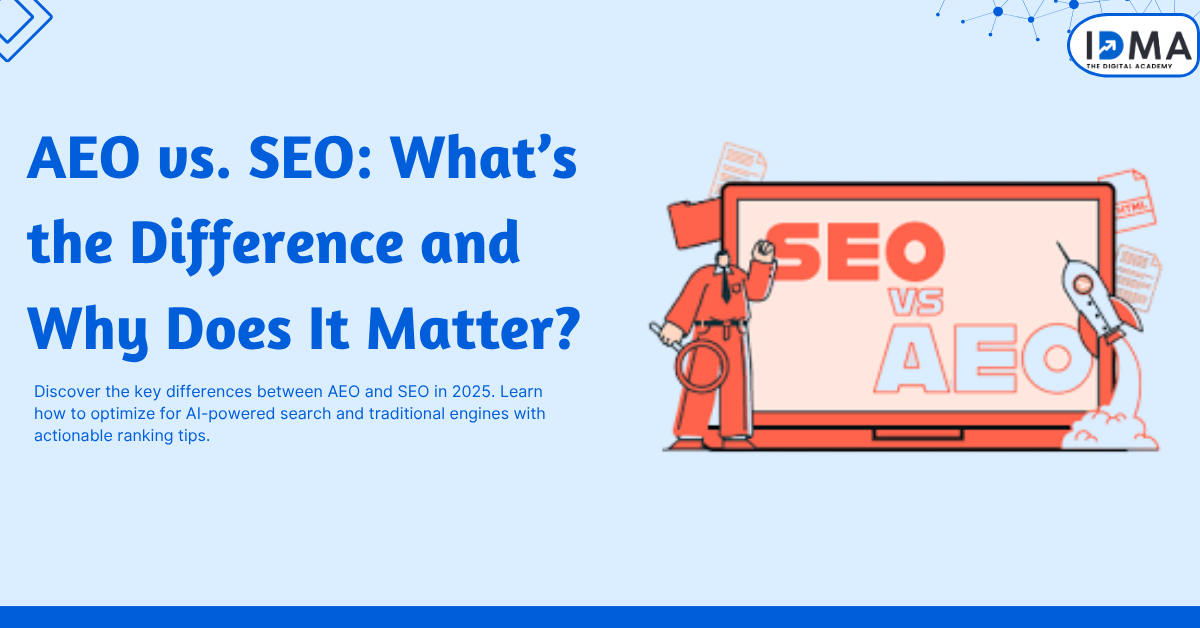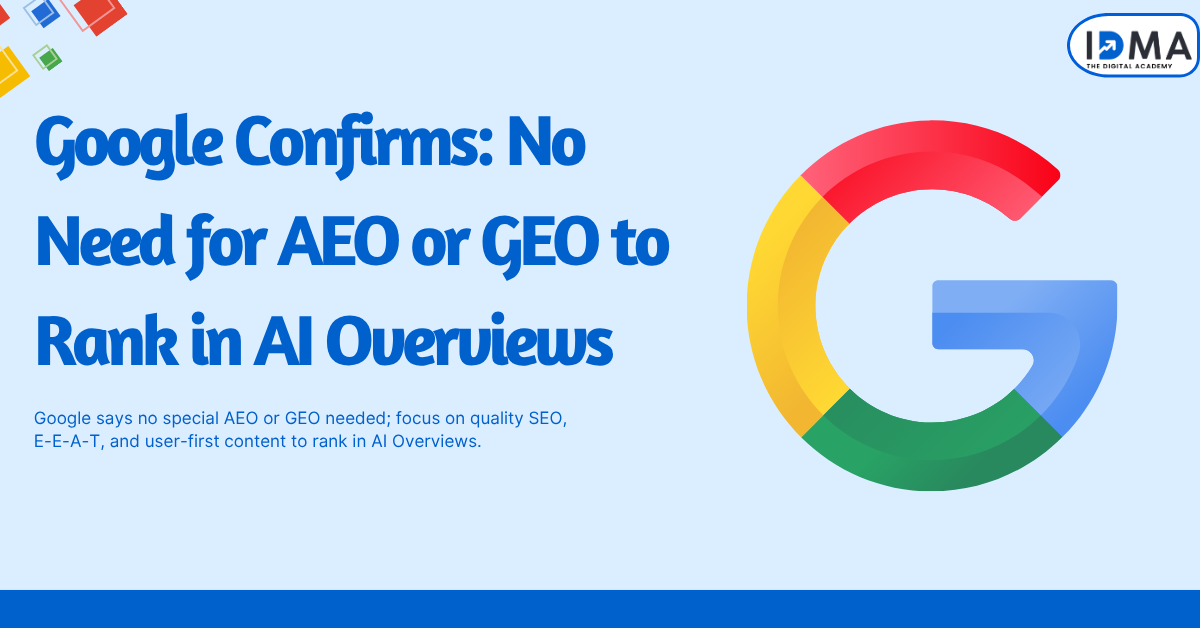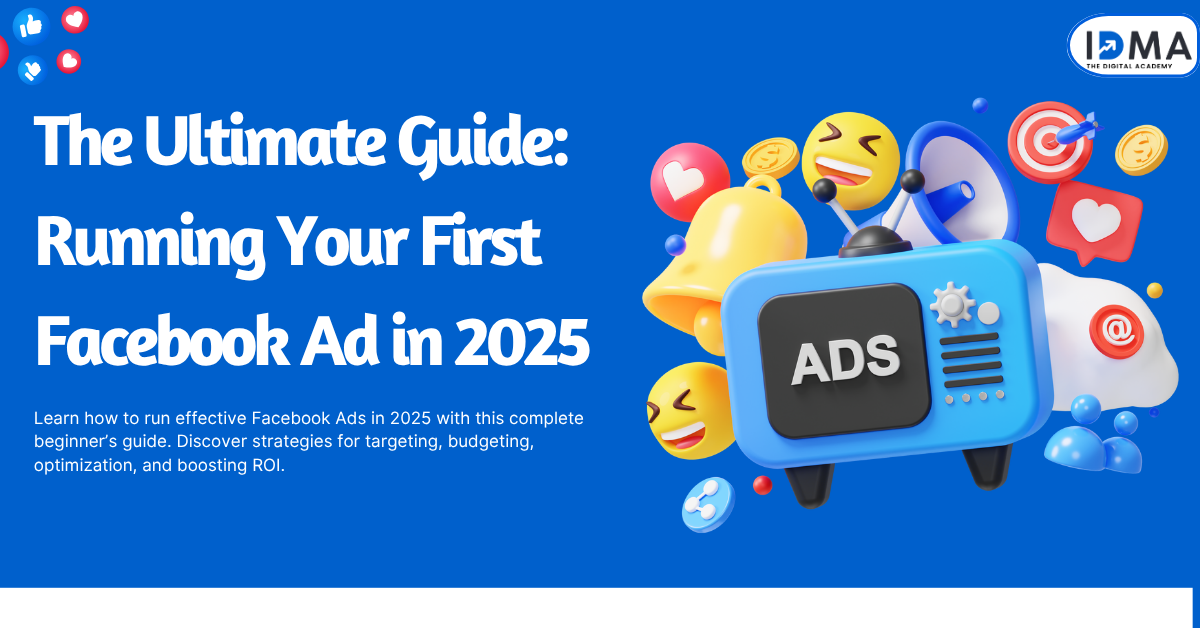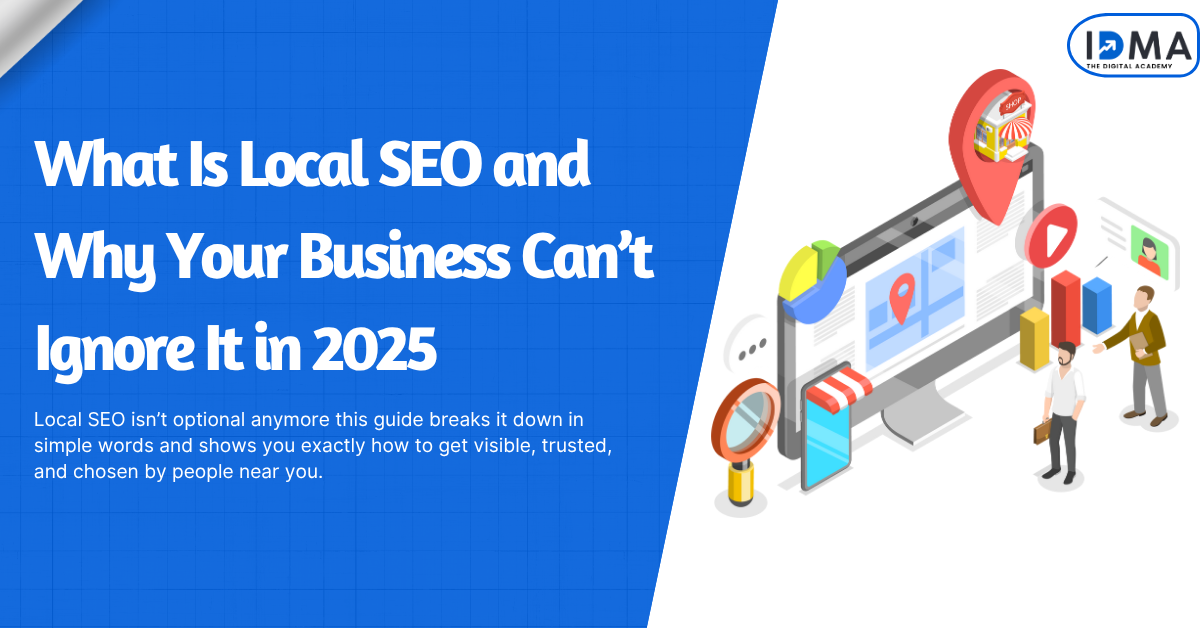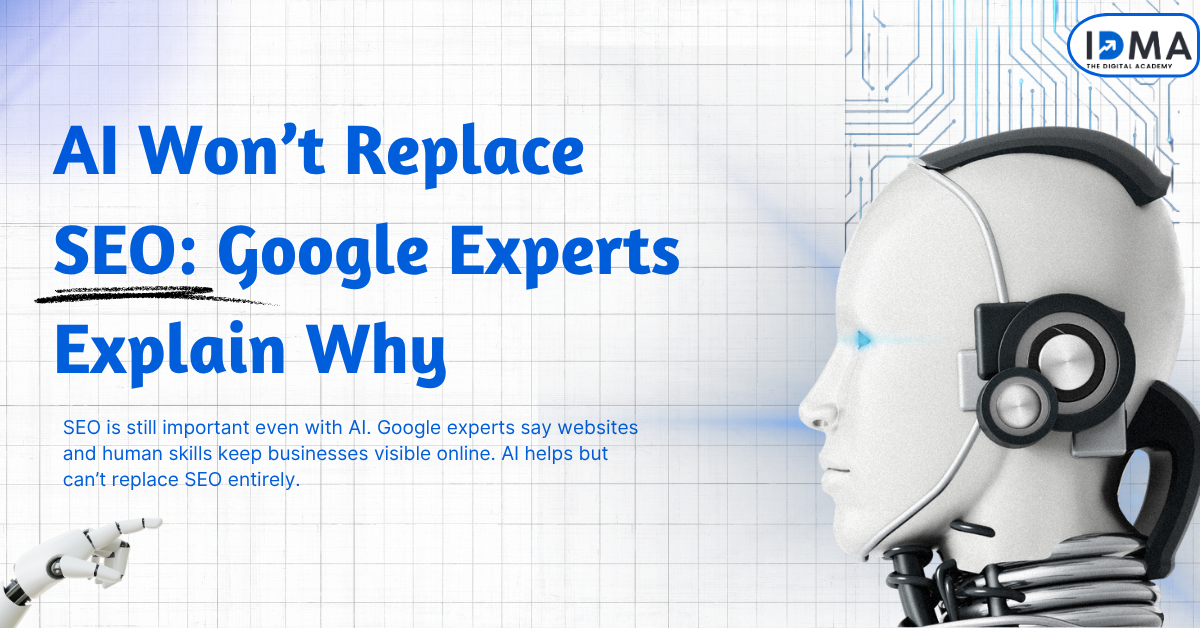In the digital marketing world, two terms have become essential for anyone looking to grow online: SEO (Search Engine Optimization) and AEO (Answer Engine Optimization). While both aim to boost your online visibility, their approaches, goals, and strategies are quite different. Understanding these differences is crucial for digital marketers, business owners, and content creators who want to stay ahead in 2025 and beyond.
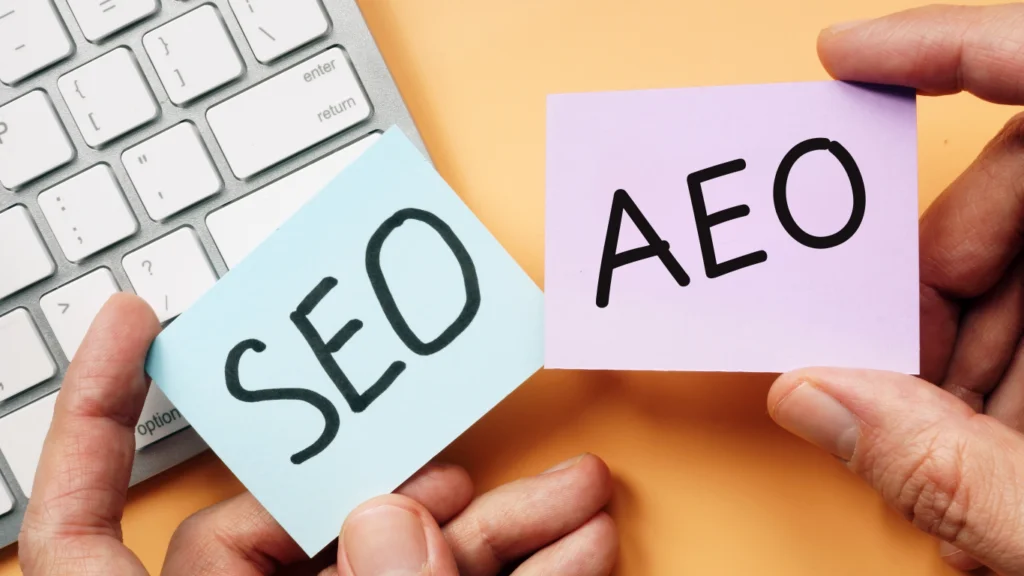
What Is SEO?
SEO (Search Engine Optimization) is the process of optimizing your website and content to rank higher in traditional search engines like Google and Bing. The main goal is to drive organic (unpaid) traffic to your website by appearing prominently in search results for relevant keywords.
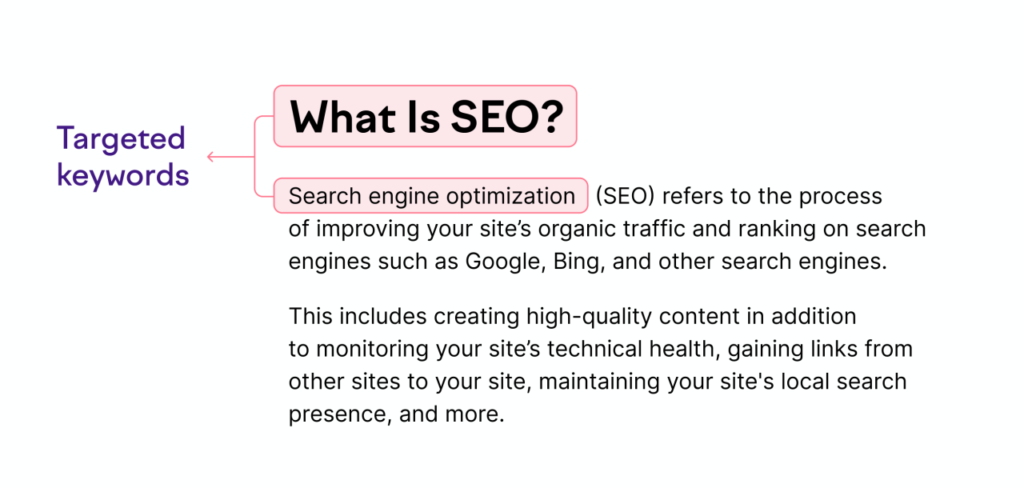
Key Features of SEO
- Focuses on ranking web pages for specific keywords.
- Aims to drive clicks and traffic to your website.
- Uses on-page optimization (title tags, meta descriptions, headings, keyword placement).
- Relies on off-page factors (backlinks, domain authority).
- Measures success with metrics like keyword rankings, organic traffic, and click-through rates.
What Is AEO?
AEO (Answer Engine Optimization) is the process of optimizing your content to provide direct, concise answers to user queries on AI-powered platforms and answer engines. These include Google’s AI Overviews, voice assistants (like Siri and Alexa), and generative AI tools (like ChatGPT and Copilot).
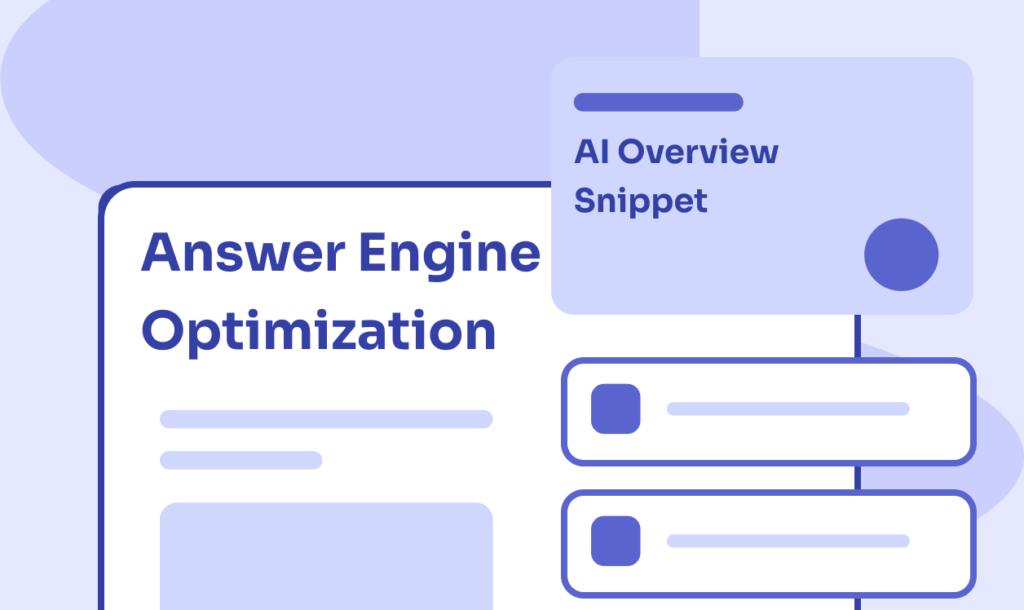
Key Features of AEO
- Focuses on delivering quick, direct answers often without requiring a click to your website.
- Optimizes for voice search, conversational queries, and AI-generated summaries.
- Uses structured data (schema markup) to help answer engines understand your content.
- Targets featured snippets, “People Also Ask,” and AI overviews.
- Measures success by visibility in answer boxes, voice search results, and AI summaries.
AEO vs. SEO: Direct Comparison
| Feature | SEO | AEO |
| Main Goal | Drive traffic to your website | Deliver direct answers to user queries |
| User Targeting | Text-based searchers | Voice, AI, and conversational searchers |
| Content Focus | Detailed, keyword-rich content | Structured, concise, and scannable answers |
| Device Focus | Desktop and mobile search engines | Voice assistants, AI chatbots, smart devices |
| KPIs | Keyword rankings, organic traffic, CTR | Featured snippets, answer boxes, AI visibility |
| Optimization Tactics | On-page SEO, backlinks, technical SEO | Schema markup, Q&A format, conversational keywords |
| Content Structure | In-depth articles, blogs, landing pages | FAQs, lists, tables, direct answers |
Why Does AEO Matter in 2025?
1. Rise of AI and Voice Search
- AI-driven search (like Google SGE, ChatGPT, and Copilot) is changing how users get information. People now expect instant, direct answers to their questions
- Voice search is growing rapidly, with users asking questions in natural, conversational language.
Changing User Behavior
- Users want quick solutions and may not click through to websites if their question is answered directly in the search results.
- Featured snippets, “People Also Ask,” and AI overviews are becoming the new battlegrounds for visibility.
New Opportunities for Brands
- Brands that optimize for AEO can build trust and authority by being the go-to source for direct answers.
- AEO helps you reach audiences across platforms voice assistants, AI chatbots, and smart devices not just traditional search engines.
Also Read: How Email Marketing Works: From List-Building to Conversion
How to Optimize for AEO and SEO Together
1. Use Question-Based Headings
- Structure your content with H2/H3 headings that are questions users are likely to ask.
- Provide concise, direct answers immediately after each heading.
2. Write for Both Humans and Machines
- Use a conversational tone and natural language.
- Avoid jargon unless your audience is highly specialized.
3. Implement Structured Data (Schema Markup)
- Add FAQ, HowTo, QAPage, and other relevant schema to your content.
- Use JSON-LD format for schema markup, which is Google’s preferred method.
4. Target Long-Tail and Conversational Keywords
- Focus on “how,” “what,” “why,” and “best” queries.
- Use tools like Answer the Public and Google’s “People Also Ask” to find relevant questions.
5. Optimize for Featured Snippets and Voice Search
- Place direct answers in the first paragraph after each question.
- Use bullet points, numbered lists, and tables for scannability.
6. Create Comprehensive FAQ Pages
- Address common questions in your industry.
- Use structured data to help search engines interpret your FAQs.
7. Build Trust and Authority
- Demonstrate expertise, authoritativeness, and trustworthiness (E-A-T).
- Cite reputable sources and keep your content up to date.
Example: How to Structure an AEO-Optimized Blog Section
What Is the Difference Between AEO and SEO?
AEO focuses on providing direct answers to user questions, especially for voice and AI-powered searches, while SEO aims to rank web pages higher in traditional search engines to drive website traffic.
AEO content is concise, structured, and often appears in featured snippets or answer boxes, whereas SEO content is typically more detailed and keyword-focused.
Frequently Asked Questions (FAQ)
What is the main goal of AEO?
The main goal of AEO is to deliver direct, concise answers to user queries on AI-powered platforms and answer engines, rather than just driving clicks to your website.
How is AEO different from SEO?
AEO is about optimizing for answer engines and AI, focusing on direct answers and voice search, while SEO focuses on ranking web pages in traditional search engines for organic traffic.
Why is AEO important in 2025?
AEO is crucial because AI-driven and voice searches are becoming the norm. Users expect instant answers, and brands need to adapt to be visible in these new search formats.
Can I use both AEO and SEO together?
Yes! Combining AEO and SEO helps you capture visibility across traditional search engines and AI-powered platforms, maximizing your reach.
What kind of schema markup should I use for AEO?
Use FAQPage, HowTo, QAPage, and Speakable schema to help answer engines understand and feature your content in answer boxes and voice search results.
Conclusion
AEO and SEO are both essential for modern digital marketing, but they serve different purposes.
SEO brings users to your website through traditional search rankings, while AEO ensures your brand is visible in the new world of AI-driven, answer-first search experiences.
To succeed in 2025, combine both strategies: create in-depth, well-structured content, use schema markup, and always focus on delivering value—whether it’s a detailed article or a quick, direct answer.

